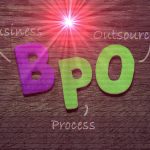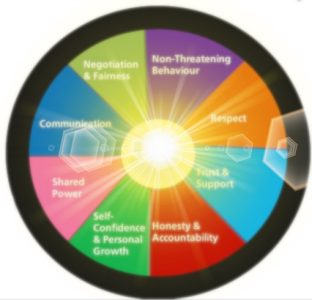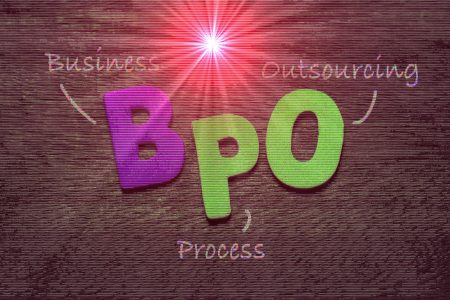
Chart 5
Source: http://www.commons.wikimedia.org
Issues in using the patented software in professional education:
If a comparison is made between GNU/Linux and Microsoft Windowstm , we can reasonably say GNU/Linux would easily out-perform Microsoft’s proprietary platforms and applications in a cost to benifit comparison.
-
Licensing Issues: The Management need to pay an enormous amount for licensing the software for their institutions. Handling licensing issues is not simple. Where as “Free software” is a matter of liberty, not price. The concept, could be well understood if we relate the word “free” as in “free speech”, and not as in “free chocolates”. Free software is a matter of the users’ freedom to run, copy, distribute, study, change and improve the software.
-
Security Vulnerability: This feature accounts in large degree for the cost of preventing viruses and other malicious vermin on Windowstm , It requires costly software, especially to try to prevent spread of malicious software programs from infecting these systems, many of the software programs written on vendor specific platforms can’t be installed and/or run properly without desktop administrator privileges, which in turn increases vulnerabilities.
-
Viruses: Very often Windows users use an Administrator class user id which gives viruses total access to their system, This compromises security of the system, But it is a fact that most software on this platform require administrator rights just to perform well. In contrast, GNU/Linux users mostly run as regular non-root users which not only means better security, it also means that, if they get a virus, the damage is usually restricted to their own files, in their own home directories. Compared to Windows, GNU/Linux is virtually virus-free. Many many more viruses run on Windows than on GNU/Linux. In addition, by design GNU/Linux limits the damage that a prospective virus can do.
The major factors influencing the choice of software by the college administrators:
The cost of owning a server OS is mostly due to the man-hours spent on maintenance. For basic file and print serving, Windows is generally seen as an easier to configure O.S, meaning lesser expertise required for tweaking configurations. On the other hand GNU/Linux servers take longer to configure and troubleshoot than Windows servers but it is also worthwhile to note that once this is done, GNU/Linux requires significantly less maintainence than Windows. It is also found that the GNU/Linux servers take more expertise to configure and troubleshoot than Windows servers but notes that once this is done, GNU/Linux requires significantly less problems than Windows. Often Windows security patches cause a huge waste of time, effort and expense. The irony here is that Windows rose to dominance, way back when, in large part by undercutting the competition (Macs) on cost. Now GNU/Linux may do the same thing to Windows.
Who should be the hyphen and hyper-link?
The educators need to be convinced that sharing information, as opposed to concealing information, is a good thing. Schools can save up to 75 percent of their technology expenses by using thin-client GNU/Linux technology with open source software for basic productivity computers. The savings may actually be greater when the costs associated with maintenance, licensing, and technical support are considered as well.i Education policy makers should be convinced about why there is a the need to go free? and this is precisely the question which leads us to do a comparative SWOT (Strength, Weakness Opportunities and Threats) analysis of the patented software which is currently in the syllabus with the open source software in the Management education (Table 5).
There is one word of caution to the policy makers in the Management Education which includes the AICTE, UGC, FICCI, NKC, IRAHE, NBA, NAAC, IIM’s, Universities, and the stake holders such as the owners of the management institutions, teachers, students and their parents and the corporate that the patented software are so embedded in the work life of many people that a spreadsheet will mean EXCEL and document may mean WORD as well there is no association to open source exists in the management education system and it all needs a paradigm shift and a complete roll out which is really challenging. The education policy makers should do their part in this exercise.
How steep is the learning curve for Management teachers if patented soft wares are replaced by FOSS?
A steep learning curve is also an obstacle to GNU/Linux adoption. Since nearly all users have at one time or another primarily used Windows systems, a switch to a GNU/Linux-based operating system represented a dramatic change. With so many distributions of GNU/Linux available, there is no universal user interface, therefore each GNU/Linux application implemented would require time to learn and become accustom to a new interface. Further, since there are so many distributions of GNU/Linux available, there is no common software installation method. Every distribution utilizes different or unique ways to install their software which can potentially lead to a more difficult installation process and results in a dark cloud over GNU/Linux’s user friendliness.
The most popular GNU/Linux vendors, however, have taken steps to minimize this curve by providing users with simplified interfaces (more primitive versions of GNU/Linux would need to be administered from the command line) some of which even attempt mirror that of a Windows interface. The learning curve of using GNU/Linux has definitely been curtailed as user-friendliness increases; however, Windows is still the most commonly used operating system and arguably the most user-friendly.
i http://edge-op.org/grouch/schools.html







